Spring is definitely in the air this week although the ground is still too wet from all the rain we have had to unleash the mower … more time to admire the lovely colours of the weeping willow and the wall flowers in the front garden .
The latest addition to the garden was this quirky one off modern terracotta vase which Snezana fell in love with in the bargain bin corner of Glenconnor Garden Centre earlier in the week . Peeping through shrubs or in a quiet corner the simplest of stone or terracotta pot can brighten up a corner of the garden and bring a smile to the face and already this has found its spot !
This week I have been cutting back the buddleias commonly called the butterfly bush and sambucus nigra , the dark leaved elder , and it is a pleasure for a change to be pruning something without thorns … last week hands, arms , head , got cut to pieces by an overgrown rambling rose called rambling rector which has long tentacles of branches full of vicious thorns to defend itself vigorously and every time I pass it seems to say … “ fancy your chances punk … c’mon make my day !
With buddleias I cut back to about a metre high and take out all the weak spidery branches and the earlier you prune these from January to April the earlier the shrub will flower from late June onwards however if you delay pruning until April the buddleia will only begin to flower in August and while the shrub is renowned for attracting hordes of butterflies whenever it flowers apparently August flowering suits the butterflies best . I always leave the faded flower heads on the plant but apparently dead heading regularly prolongs the flowering period so I will try that this year . Buddleias like poor soil and will self seed in the most unlikely of places often growing out of walls and they love derelict building sites where they pop up everywhere throughout the rubble . There are all colours of buddleias in the garden centres but Lockhinch is the favourite with a deep blue flower but to be honest I wouldn’t bother buying them , just uproot one from the side of the road where they grow wild or try a cutting about a foot long and pencil thick in Spring with one bud in leaf left at the top of the cutting and insert about a third of the cutting into the ground where you want it to grow full time …. I have had indifferent success with buddleia cuttings but one of my finest specimens is from a cutting .
Sambucus nigra , a commercial form of the common green elder found growing wild in every ditch , is one of my favourite shrubs , blue leafed with gorgeous lace heads of flowers which as an added bonus can be made into elderberry wine . A really great foliage plant , it seems to like shade for part of the day and a dryish soil and is a shrub I would not be without in the garden and once it gets going ( which can take two seasons of growth ) it is as strong as the common elder although it does not self seed as the green elder does . I find that pruning back all the thinner branches of the sambucus niger really hard in the first few years leads to a stronger specimen . There is also a variegated version of sambucus and perhaps I was just unlucky but for me the sambucus aurea has been short lived and just upped and died one year although I live in hope and have a two year old golden sambucus doing well this year .
For the past two months since early January a pair of white egrets have been living in the water area of the lower garden , very shy birds of the heron family but snow white and smaller , they arrive every year ( from North Africa so the experts tell me ) and will be leaving soon . Herons I see every day as a nesting pair live permanently along the stream and over the years the buggers have eaten every gold fish that I have released into the various areas of water and keep visiting even the pond nearest the house in the hope that the nice man will give them some more gold fish take away ! The garden is also home to ducks , foxes , badgers , rabbits, deer , squirrels , a pair of small hawks etc. who nest in the wood and last summer I met an otter coming towards me on the path near the stream . Unusual to see an otter at all and here we are about a half a mile as the crow flies from the River Suir where in the last few years otters have reappeared and built a small colony so this one was probably on a little hunting expedition to our lower stream .
We try and encourage a diversity of wild life in the garden …. even though I give out and complain regularly that the herons eat all the fish and the deer do likewise for a wide variety of plants but we built the garden mainly for our own pleasure and use and partly as a garden haven for wild life leaving large areas deliberately under water and where we minimised the human impact and we regard all the visiting wild life as an endorsement of that policy .
Snow drops ( galanthus ) have well and truly gone over at this stage , they are at the height of their glory in February and are a plant we tend to forget , at least I do , until next winter when we realise that we don’t have enough snow drops planted . This of course does not apply to snow drop enthusiasts who are a fanatical lot with almost jihad like zeal will chase a rare bulb to the ends of the earth , they even have a special name for these snow drop extremists …. Galantophiles ! I didn’t in the past class myself as a huge lover of snow drops , never was , as the flowers are too fleeting and the plant is so shy that its flowers on six inch stems look downwards always to the ground but these past two years I have grown to love them ( although not to jihad level ! ) and I am taking great delight in increasing my stock each March and April .
Now is a good time to either buy in or beg new snow drops and new stock are best bought with all the leaves and stems attached and planted out immediately where they are planned to flower next year …if you buy mail order they transfer well in the post and will arrive from the nursery wrapped in damp newspaper . Late March is also a good time to split up your existing snow drop plants now that the flowers are gone but while the clumps are still green and I have been doing that this week and planting up new groups of six / seven bulbs at the same depth and it is amazing how quickly each small group will turn into a sizeable clump …. lift gently out of the ground with a trowel or hand fork and tease apart the bulbs with leaves attached and I generally divide each lifted clump into four pieces … replant immediately .
I have also been tidying up the groups of pampas grass , cutting down the flower stalks which at this time of year makes for an untidy mess . Generally I leave the grass itself alone but some years if a clump is looking a bit messy I either cut back to the ground or use the old gardener’s method of burning the clump to the ground as the potash does the plant good . Sounds drastic for today’s modern garden and probably impractical for just a small patch of garden but if you opt for this method of rejuvenating a clump of pampas grass it is fairly spectacular as the plant with all that dry grass goes up with a whoosh and you need to be careful to control the fire …. I did it this week with a firelighter wrapped up in a newspaper stuck into the middle of the pampas grass but a few years ago I used petrol …. big mistake for a Mr. Bean do it yourself type like me but my eyebrows did grow back eventually !


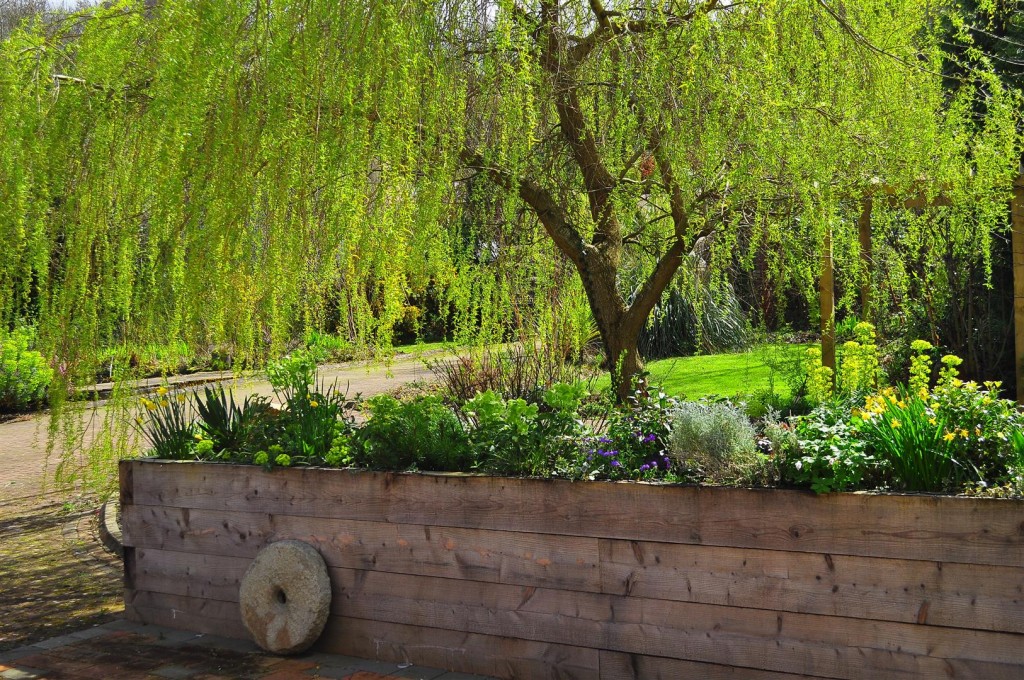
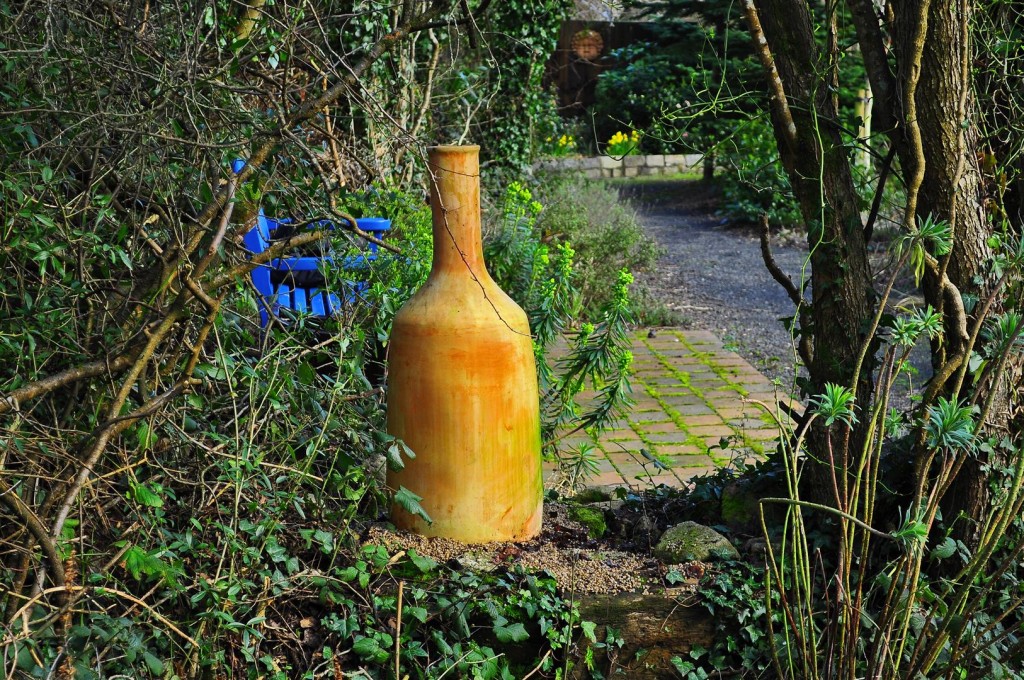
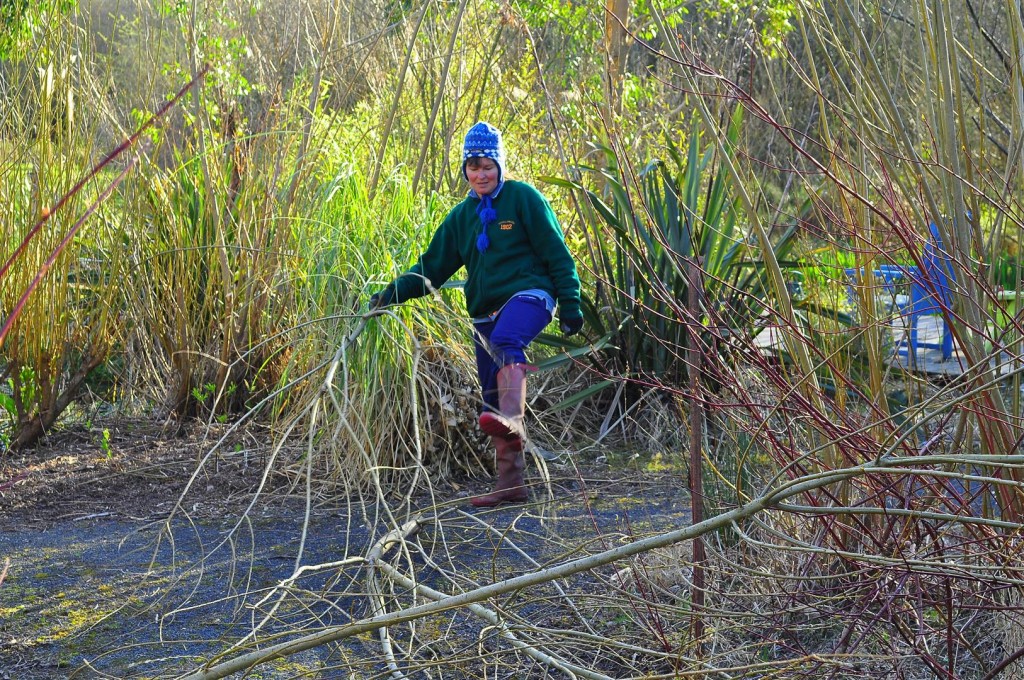
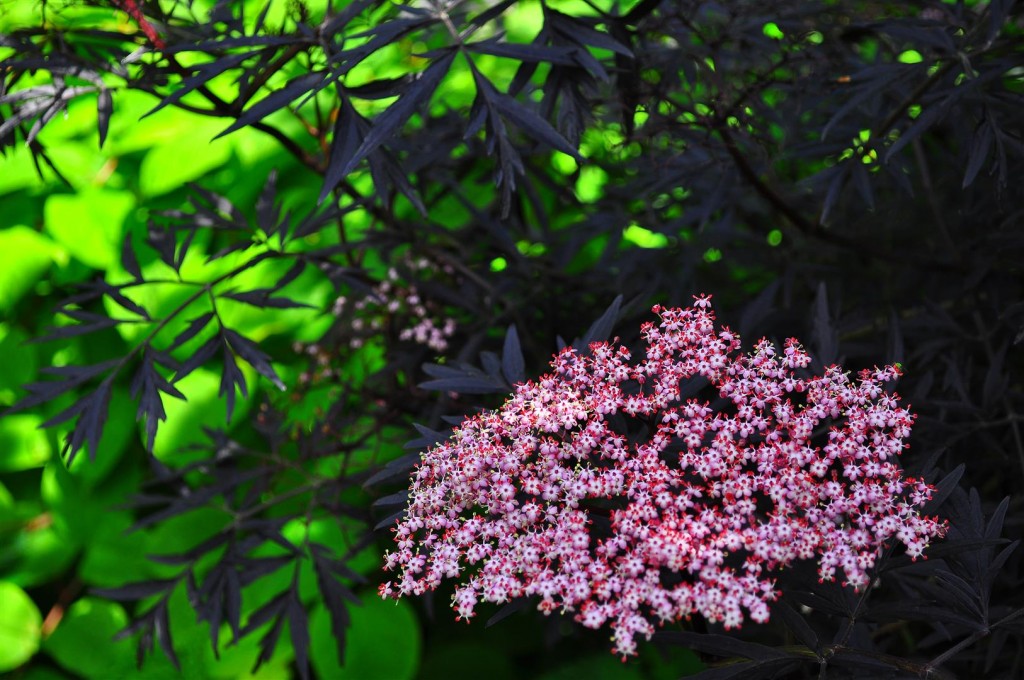
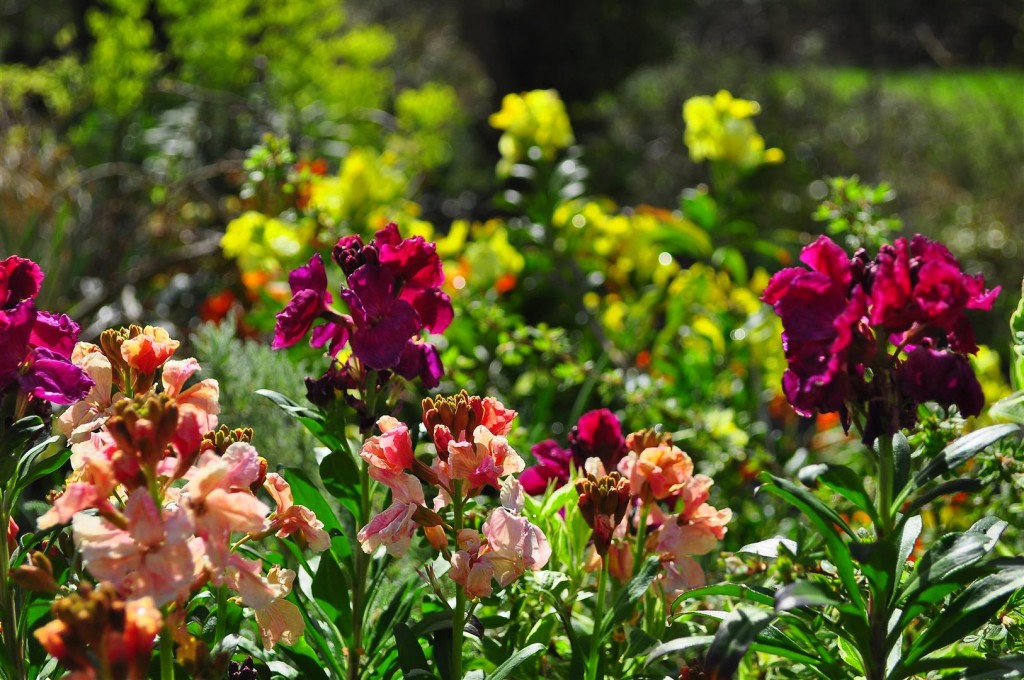
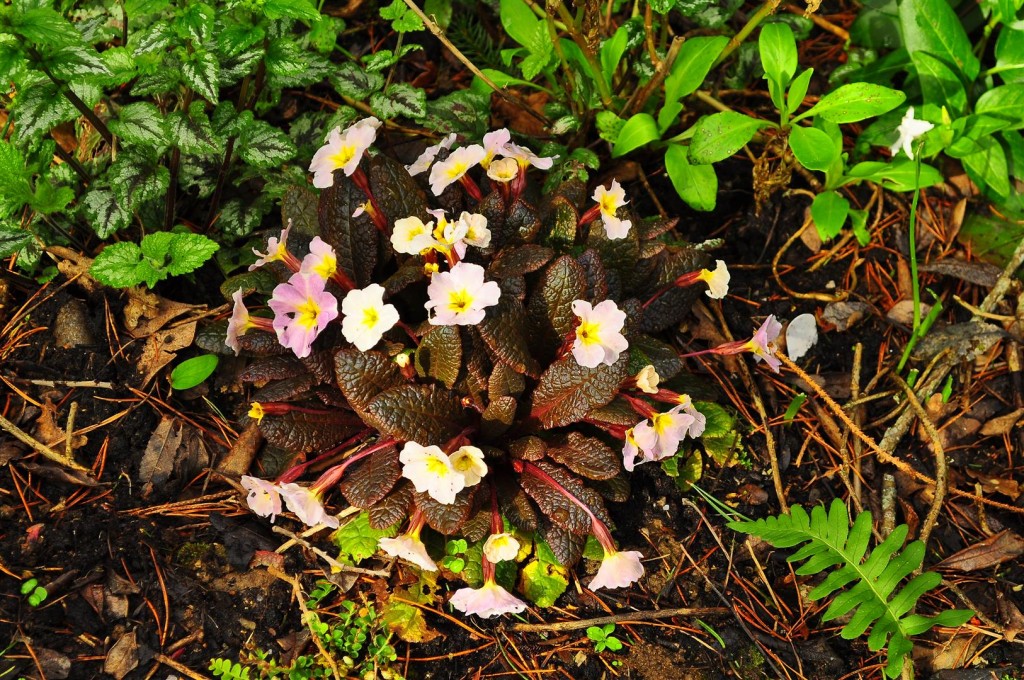

Leave a Reply